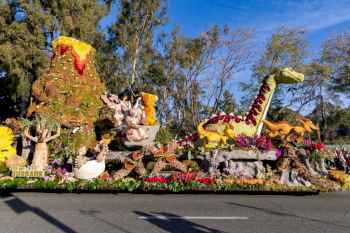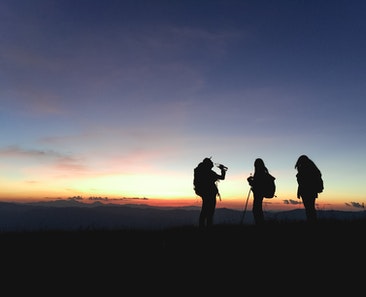1935-present: Bay Area Collections
Our new expedition, Notes from Nature: 1935-present: Bay Area Collections, continues our journey into San Francisco Bay Area botany, following our previous expedition, which focused on 1800–1935. As botanical work became more established in the Bay Area, so did its growing cities. In the post-war era, the Bay Area became increasingly urbanized. While some development projects succeeded, others (in some cases, thankfully) failed. One such failed attempt was the “Reber Plan,” a proposal to dam the bay. This plan was abandoned after the Bay Model, a to-scale hydraulic model of the San Francisco Bay, demonstrated that it would cause catastrophic flooding. Another unsuccessful development was the proposed city of Marincello, which would have been built in what is now the Marin Headlands. Fortunately, large areas of the Bay Area remained protected, preserving crucial habitats and allowing botanizing in the region to continue. As botanical collections grew, several new facilities were built, including the Eastwood Hall of Botany, completed in 1959, and the Wattis Hall, completed in 1975. Here is a selection of photos from our CAS Herbarium photo album, showcasing some of the places and people involved in 20th-century Bay Area botany. Don’t forget to check out our new expedition to learn more about the Bay Area’s botanical heritage!
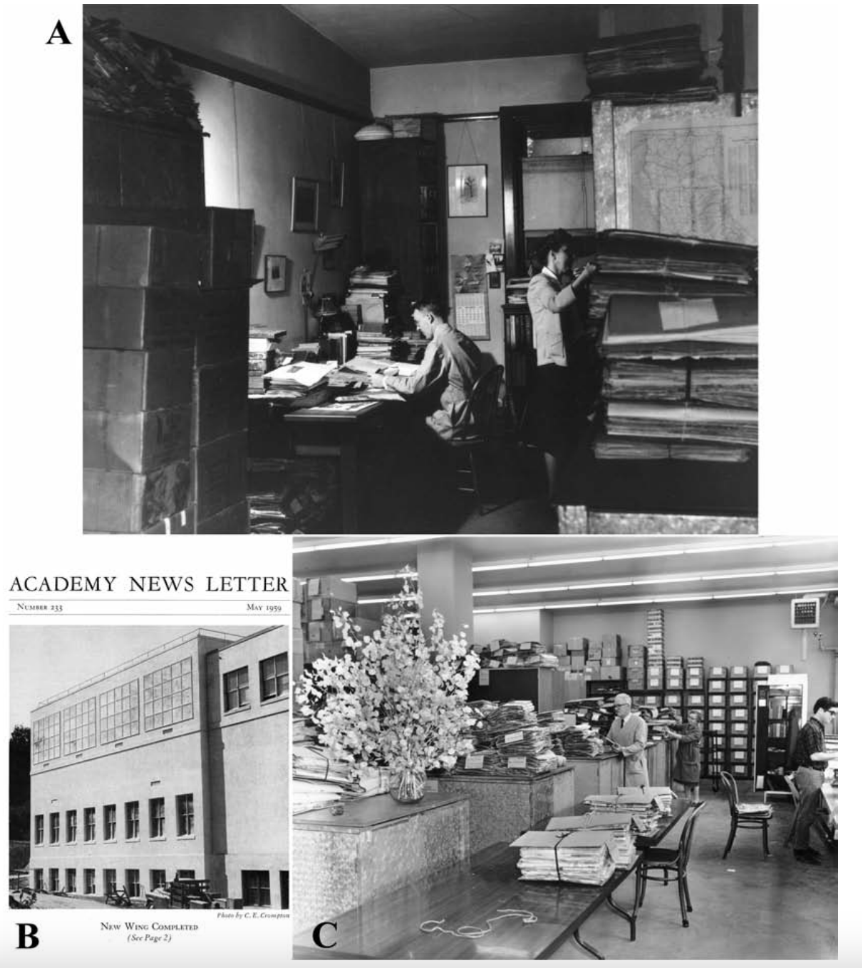
C. Howell, Anita Noldeke, and Javier Peñalosa in botanical quarters of Eastwood Hall of Botany 1967
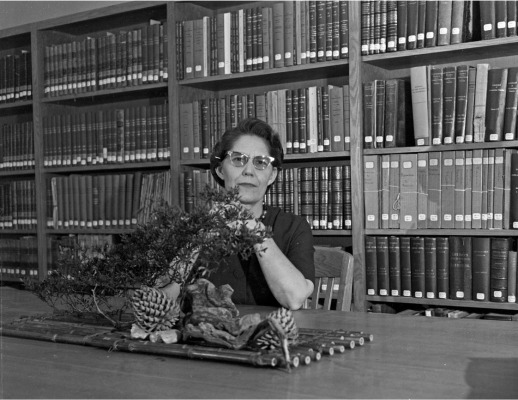
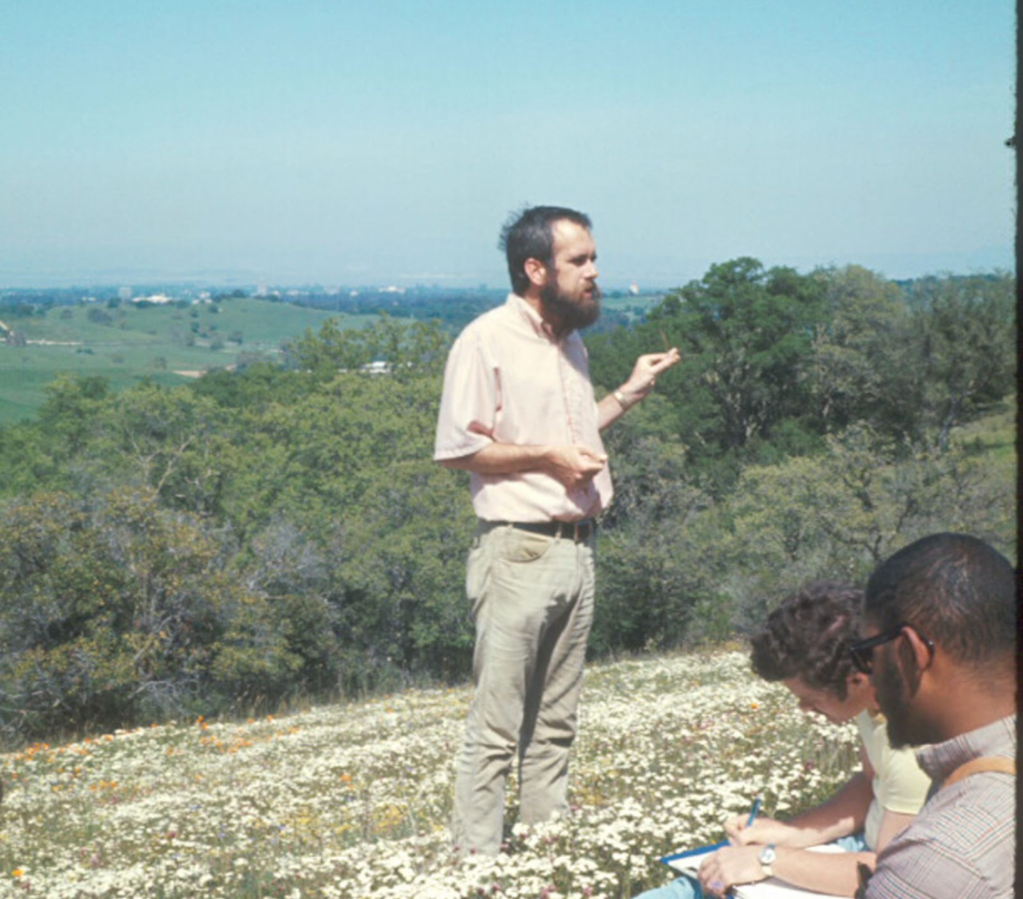
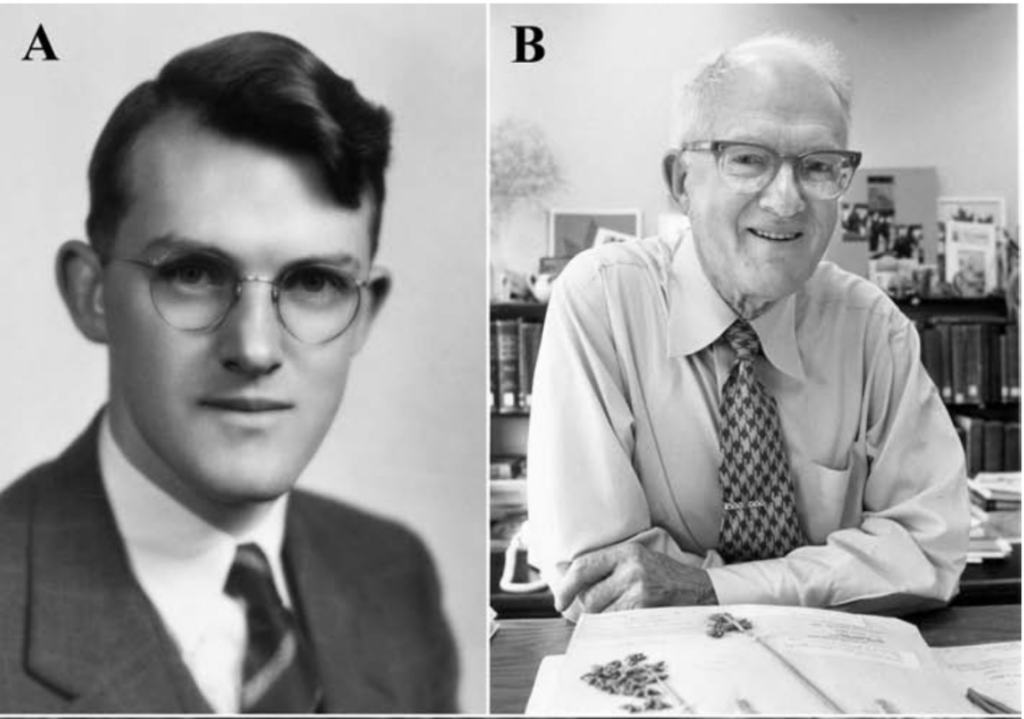
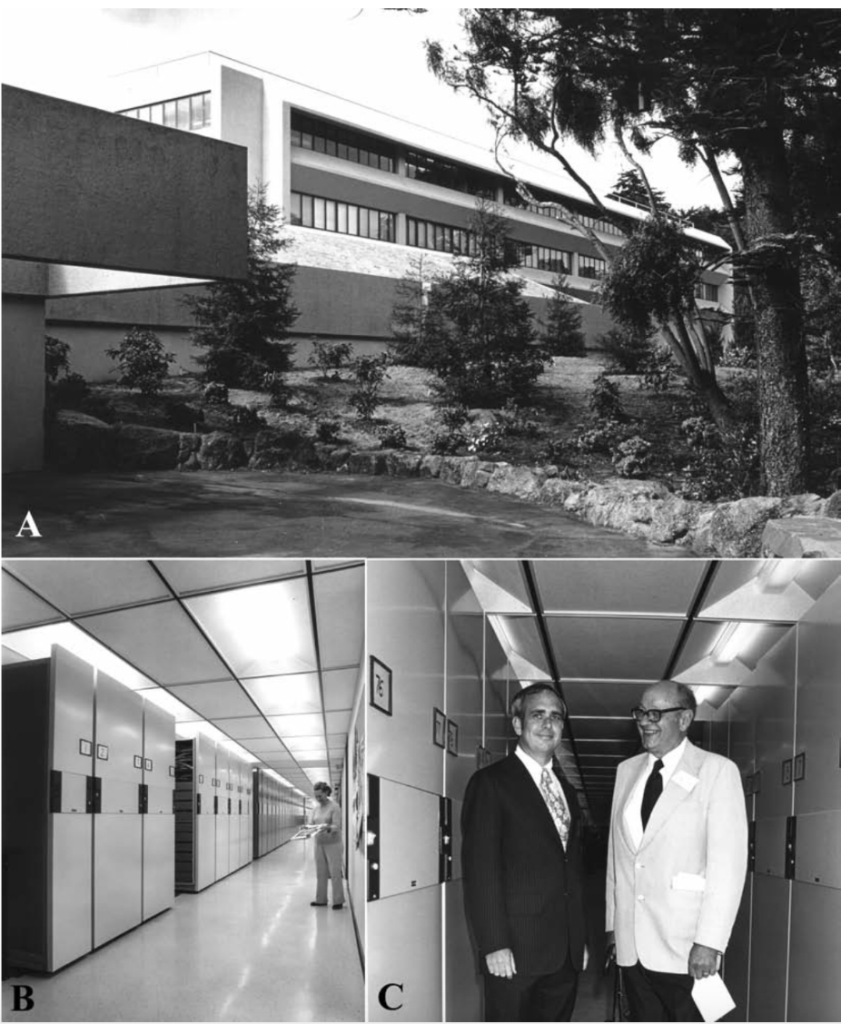
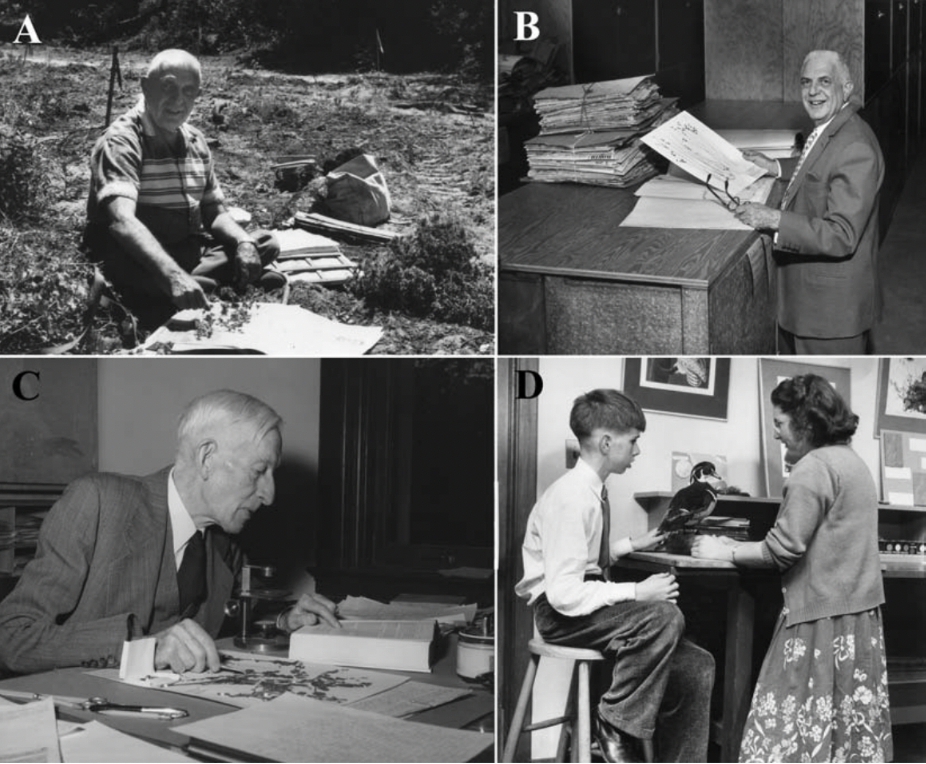
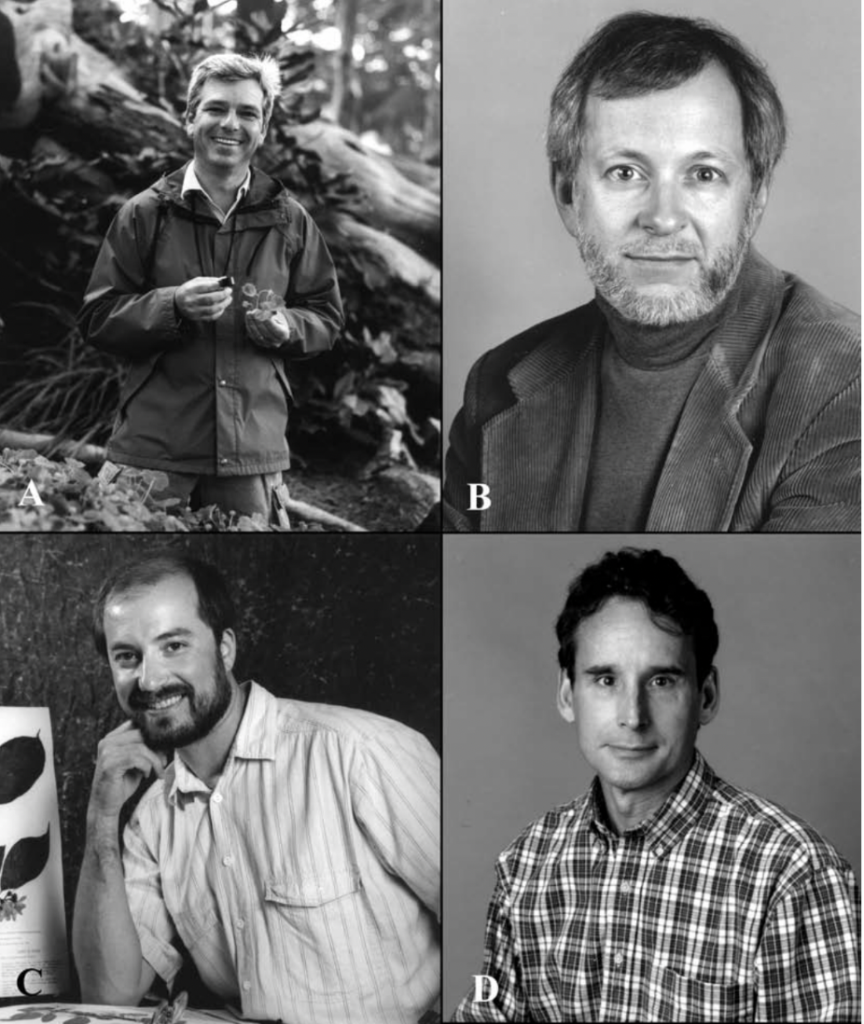
C. Former curator Peter W. Fritsch. Photographed in 1997
D. Former curator Kim E. Steiner. Photographed in 2000
Credit for the information in the captions and compiled photos goes to “One Hundred and Fifty Years of Botany at the California Academy of Sciences 1853-2003” by Thomas F. Daniel. You can click on the link to learn much more about the history of botany at the California Academy of Sciences.


